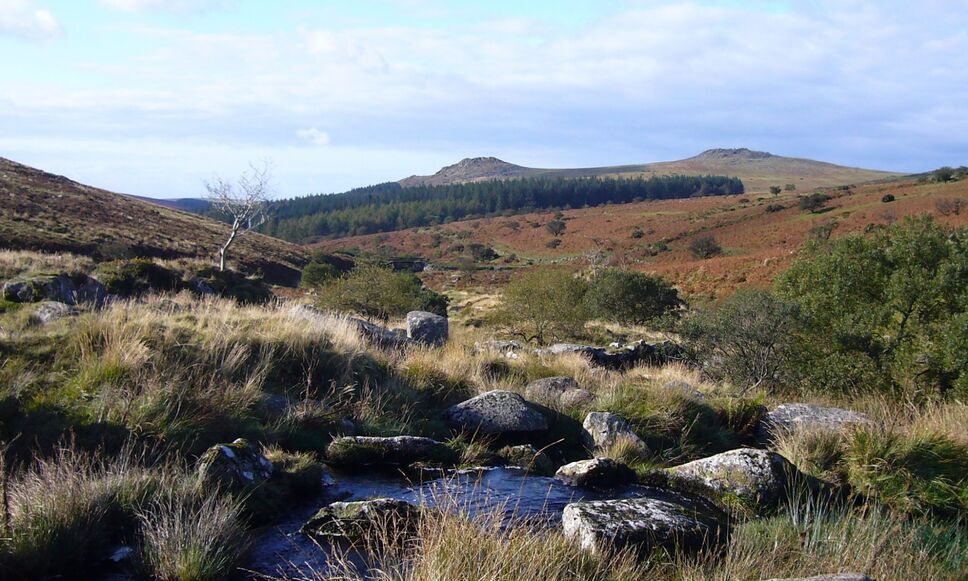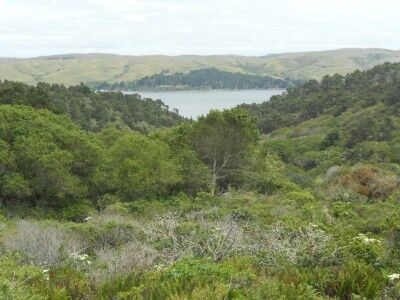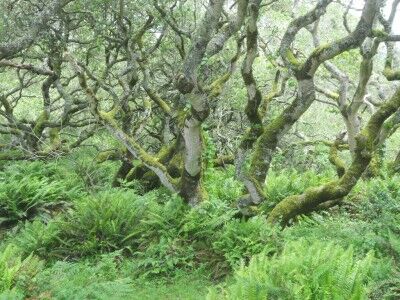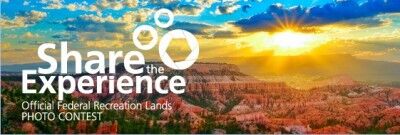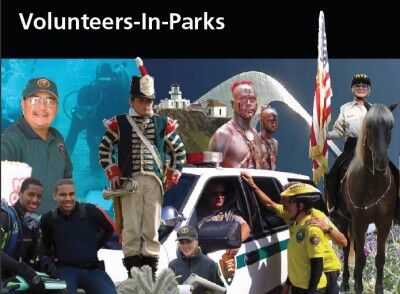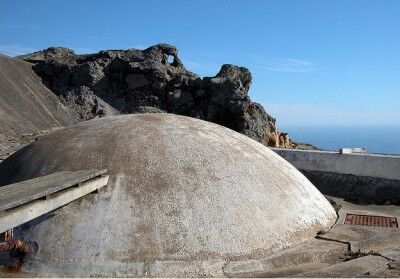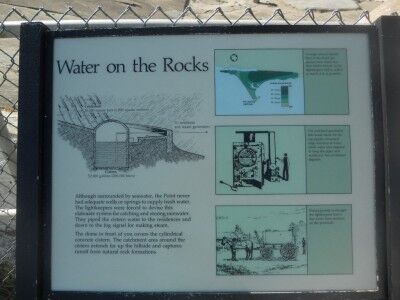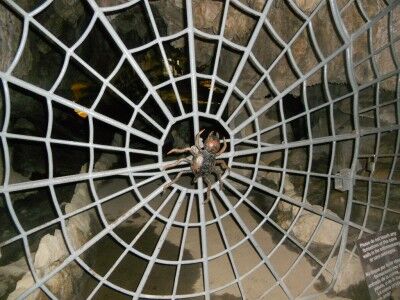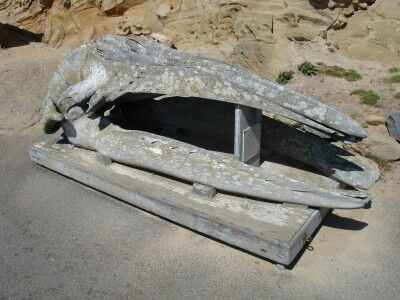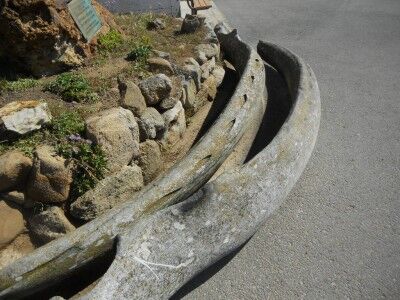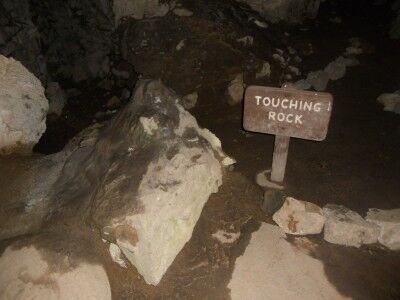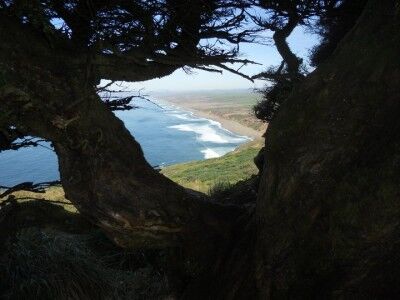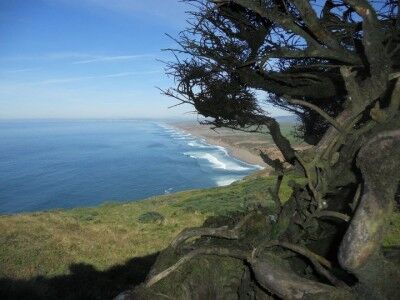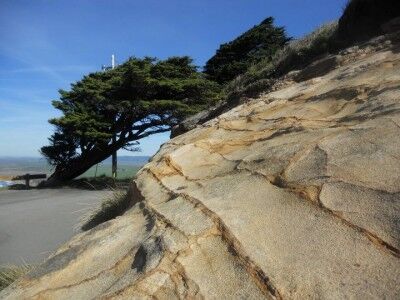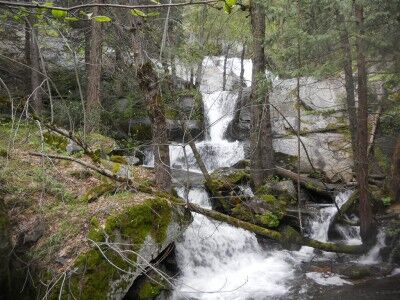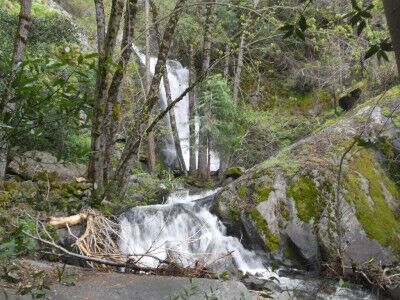Just a friendly reminder that June 21, the first day of summer, is only two weeks away and is a National Parks fee free day. That means that the entrance fee to the parks, monuments, preserves, recreation areas and other sites within the National Park system will be waived. Fee Free National Parks days are offered throughout the year. In addition to the first day of summer, National Parks will also be fee free on September 24 (Public Lands Day) and from November 11 – 13 (Veterans Day weekend) this year.

The fee free National Parks day on June 21, 2011 is good for free entrance to the parks in the National Parks system, but it doesn’t apply to other fees within the National Parks system such as reservation fees, camping fees, tour fees and concession fees. Most of the National Parks fee free days result in the National Parks being quite busy, but since the first day of summer falls on a Tuesday, it should be a great opportunity to visit a National Park for free with a minimal chance of large crowds. With the kids out for summer vacation, it may be a perfect day trip to plan.
